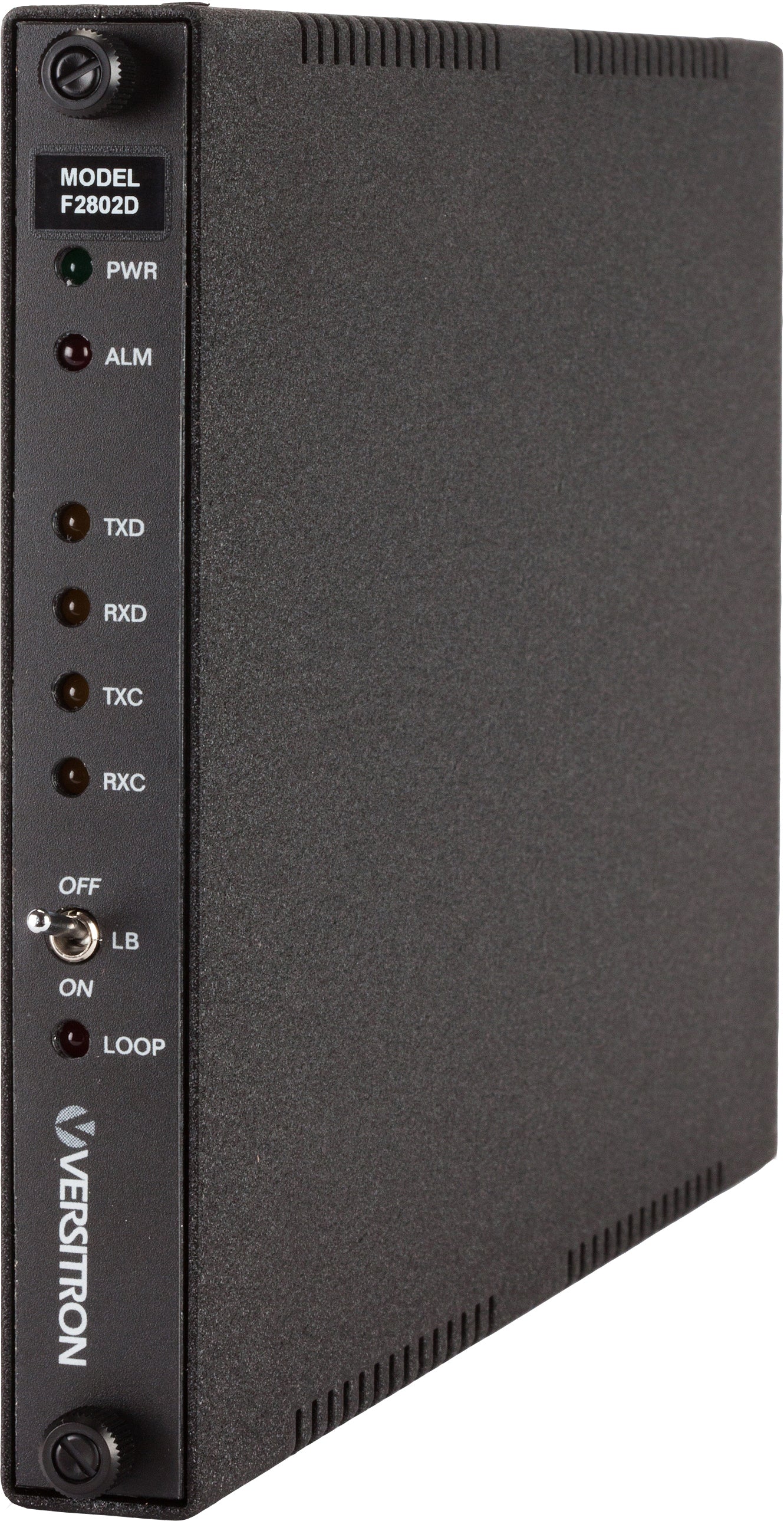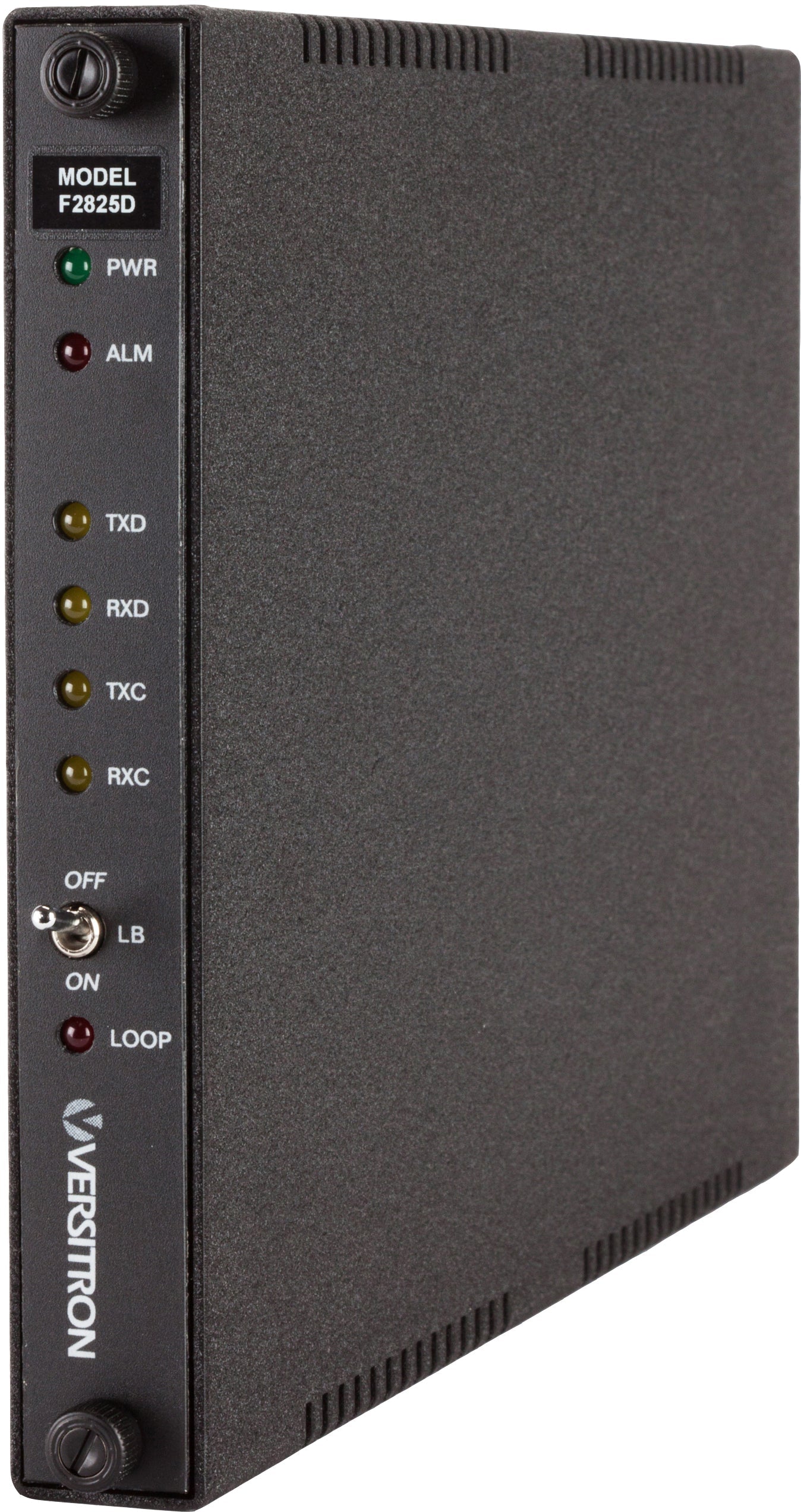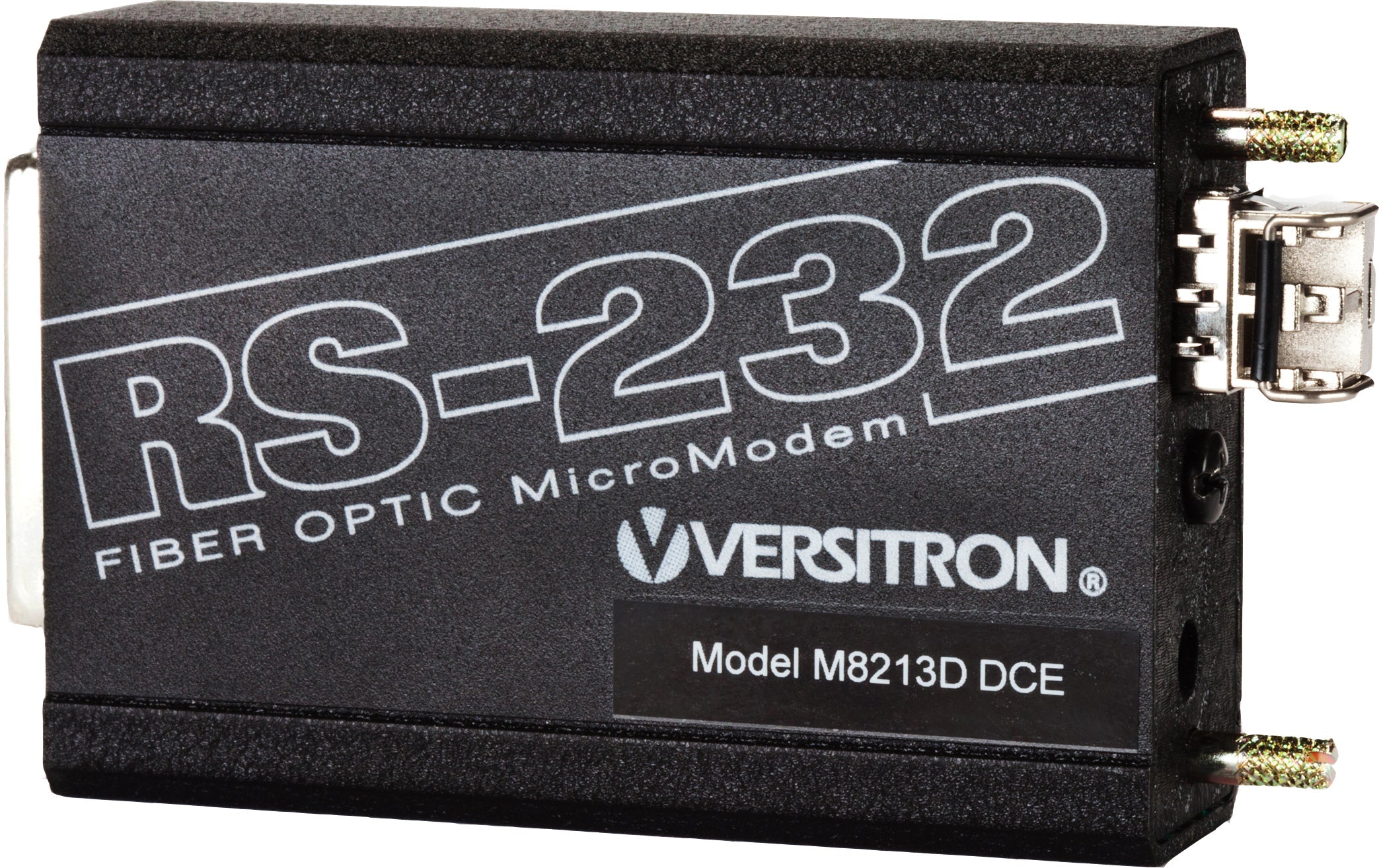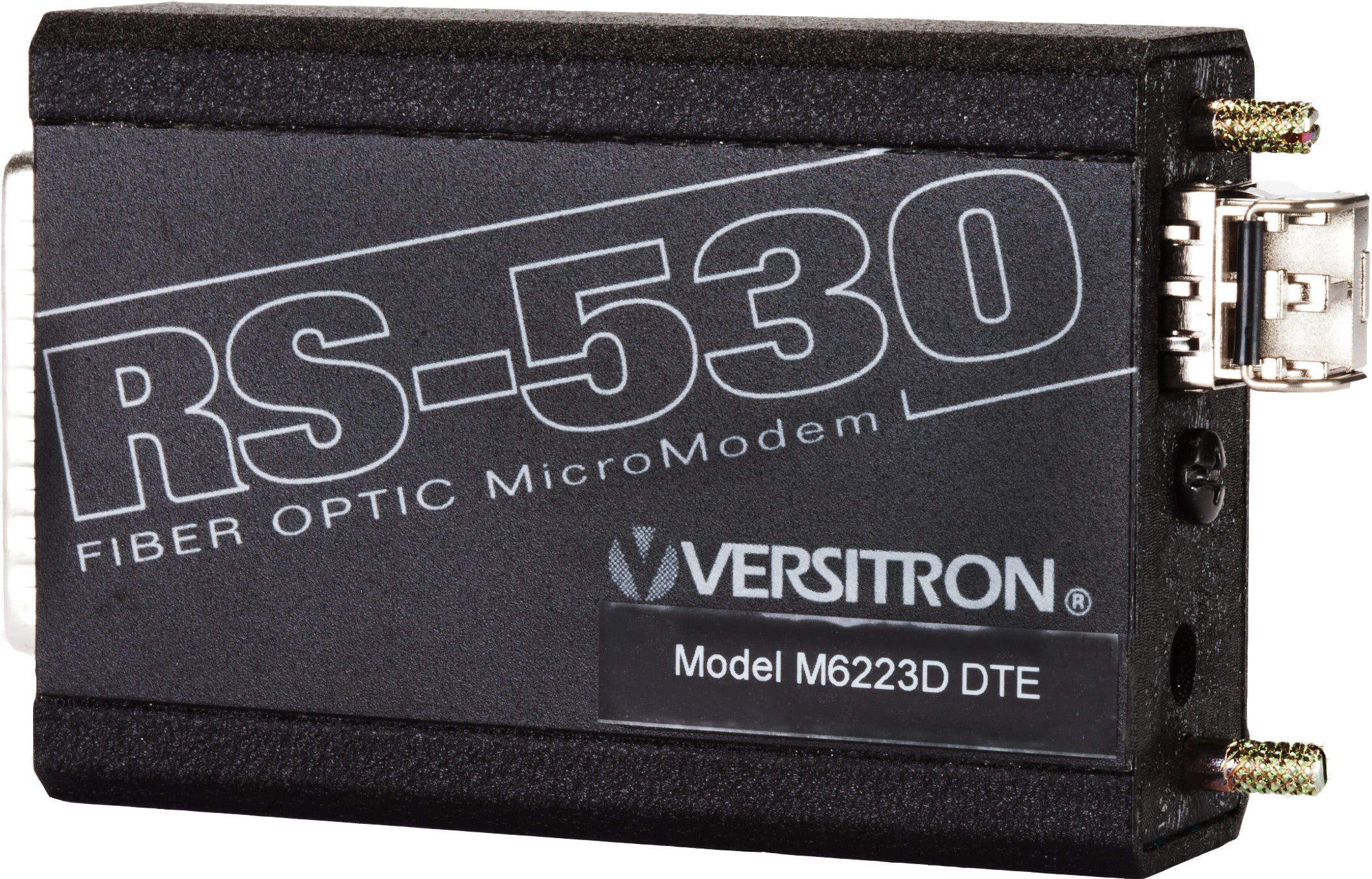Serial to fiber converters play a critical role in bridging the gap between traditional serial communication protocols and advanced fiber optic networks. These devices convert serial data signals such as RS-232, RS-530, and RS-422 into optical signals transmitted over singlemode or multimode fiber optic cables. This technology is essential for industries that demand secure, long-distance, and interference-resistant communication, including military, government, industrial automation, and commercial surveillance systems.

With growing needs for robust, EMI-resistant communication links and secure data transmission, serial to fiber converters are becoming indispensable components in complex infrastructure setups. Whether it's enabling battlefield communication with ruggedized fiber modems, supporting SCADA systems in industrial environments, or integrating IP cameras into city-wide surveillance networks, these converters offer unparalleled flexibility and reliability. Their compact designs and compliance with military and industry standards ensure they can perform flawlessly even in the most challenging conditions.
Understanding Serial to Fiber Converters
Serial to fiber converters are devices that translate serial data signals—such as RS-232, RS-422, and RS-530—into optical signals suitable for transmission over fiber optic cables. This conversion facilitates long-distance communication, immunity to electromagnetic interference (EMI), and enhanced data security.
Explore Our Serial to Fiber Converters
Military Applications
In military settings, the need for secure and reliable communication is critical. Devices like the military serial to fiber converter and military serial to optical converter ensure that data transmission adheres to stringent standards such as MIL-STD-188-114A fiber converter specifications. These converters support encrypted fiber data transmission, providing secure fiber for military base operations. The use of EMI resistant fiber for military applications ensures that communication remains uninterrupted in high-interference environments. Additionally, ruggedized fiber modems and hardened fiber optic modems are designed to withstand harsh battlefield conditions, offering field deployable fiber converter solutions. Implementing point-to-point fiber for military and redundant ring fiber network defense architectures enhances the resilience and reliability of military communication networks.
Government and Public Infrastructure
Government agencies and public infrastructure systems benefit from the integration of serial to fiber converters. For instance, RS-232 converters for traffic control and RS-530 converters for government security facilitate the modernization of traffic management and security systems. The development of a smart city fiber backbone relies on secure access control fiber links and city-wide surveillance fiber modems to ensure public safety. Incorporating government building fiber optic cabling enhances data transmission capabilities within public institutions. Emergency services utilize fiber for emergency communication, ensuring rapid response during crises. Departments of Transportation (DOT) implement DOT serial to fiber solutions to upgrade infrastructure, while homeland security fiber optics play a crucial role in national defense.
Industrial and Manufacturing Sectors
The industrial sector leverages serial to fiber converters to enhance automation and control systems. Industrial serial to fiber modems and factory automation RS-422 fiber solutions enable efficient communication between machinery and control units. Robotics systems benefit from RS-530 fiber for robotics, ensuring precise operations. In environments with high electromagnetic interference, EMI proof serial fiber converters and low EMI fiber modems maintain signal integrity. Manufacturing lines utilize RS-232 to fiber for CNC machines and manufacturing line fiber media converters to streamline production processes. Heavy machinery interfaces with heavy equipment serial data converters, while fiber optic converters for SCADA systems enhance supervisory control and data acquisition. Integration of RS-232 machine controllers over fiber and fiber converters for PLC communication ensures seamless automation. The adoption of serial over fiber for industrial IoT and data acquisition system fiber modems facilitates real-time monitoring and data analysis.
Healthcare and Medical Facilities
In healthcare, the integrity and confidentiality of data are paramount. Hospital RS-232 fiber converters and MRI room serial to fiber links ensure that sensitive equipment operates without interference. Laboratories employ RS-530 data isolation in medical labs and lab automation serial fiber solutions to maintain data accuracy. Secure fiber for patient monitoring and HIPAA compliant data over fiber systems protect patient information. Medical imaging devices utilize RS-422 for imaging machines, while fiber-optic modems for EHR systems facilitate electronic health record management. In environments requiring minimal EMI, healthcare EMI-safe serial converters are essential.
Security and Surveillance
Security systems rely heavily on robust communication networks. IP camera RS-232 converters and RS-530 to fiber for NVR systems enable seamless integration of surveillance equipment. Fiber optic links for DVRs and serial to fiber for access control systems enhance building security. Implementing surveillance loops over fiber and video management fiber modems ensures comprehensive monitoring. PTZ camera RS-422 fiber interfaces and RS-232 fiber for perimeter security provide precise control over surveillance equipment. To prevent unauthorized access, secure transmission for CCTV and serial over fiber for alarm systems are employed.
Technical Specifications and Configurations
Serial to fiber converters support various configurations to meet diverse requirements. RS-232 to singlemode fiber and RS-530 to multimode fiber options cater to different transmission distances. Compliance with standards like MIL-STD-188-114 fiber media converter ensures interoperability. Connectors such as LC connector fiber modems facilitate easy integration. Compact solutions like RS-232 circuit card converters and RS-530 micro modems are ideal for space-constrained environments. Converters handle both balanced signal to fiber and unbalanced signal converter requirements. For embedded systems, circuit card RS-232 to fiber and micro modem serial to fiber options are available. Network architectures can be designed using point-to-point RS-232 over fiber, ring topology serial media converters, and multidrop RS-422 fiber links. To enhance reliability, serial redundancy over fiber and 100km fiber transmission serial solutions are implemented. For shorter distances, 20km serial point links are sufficient. Converters support multi-protocol fiber media, ensuring compatibility with various systems. In environments with high EMI, EMI-hardened network infrastructure and noise-resistant serial signal paths are crucial. Converters handle both asynchronous serial to fiber and synchronous RS-530 media converter transmissions. Maintaining RS-530 signal integrity and RS-232 baud rate over fiber is essential for data accuracy. Legacy systems benefit from RS-449 to fiber converters and convert TTL serial to fiber solutions. For versatile applications, fiber adapters for serial interfaces and universal serial fiber solutions are employed. Devices offering multi-interface serial converters and hybrid serial protocol fiber support ensure broad compatibility.
Enterprise and Commercial Applications
Businesses and enterprises require reliable communication systems. Enterprise-grade RS-232 fiber and business serial infrastructure solutions support large-scale operations. Industrial-grade fiber modems and long-haul serial over fiber systems facilitate communication over extended distances. Secure facility fiber converters and commercial building RS-530 modems enhance building management systems. B2B serial data fiber conversion and fiber links for business automation streamline inter-company communications. Implementing an RS-232 backbone for enterprises ensures consistent data flow. High-reliability serial fiber devices and RS-232 to RS-422 over fiber converters provide flexibility. For legacy systems, RS-530 to RS-485 fiber adapters and V.35 serial to fiber modems are utilized. RS-449 legacy system over fiber solutions ensure continued operation of older equipment.
Installation and Support
Proper installation and support are vital for optimal performance. Guides on how to extend RS-232 over fiber and how to use RS-530 over fiber assist in setup. Resources like fiber modem user guides and serial modem troubleshooting materials provide ongoing support. For scalable solutions, scalable fiber serial networks are designed. Manufacturers like VERSITRON offer products such as VERSITRON RS-232 fiber modems, VERSITRON RS-530 converters, and VERSITRON micromodem specs. VERSITRON circuit card modems and VERSITRON industrial serial media cater to various applications. Customers can buy RS-232 to fiber converters and order VERSITRON fiber modems directly. Products like serial to fiber devices USA and fiber media converters VERSITRON are known for their reliability. For specific applications, RS-232 FOM II modems are available.
Conclusion
The integration of serial to fiber converters across various industries underscores their significance in modern communication infrastructures. By facilitating the transition from legacy systems to advanced fiber optic networks, these devices ensure seamless, secure, and reliable data transmission even in the most demanding environments. Their ability to support diverse protocols such as RS-232, RS-530, and MIL-STD-188-114A makes them invaluable for military, government, industrial, and commercial applications alike.
Moreover, the enhanced EMI resistance, long-distance transmission capabilities, and ruggedized designs of these converters contribute to the resilience and efficiency of critical communication systems. Whether deployed in battlefield communications, smart city surveillance, industrial automation, or healthcare networks, serial to fiber converters provide a future-proof solution that combines legacy compatibility with cutting-edge fiber optic technology. Investing in these converters means safeguarding communication integrity, improving operational uptime, and supporting scalable, high-performance networks for years to come.









